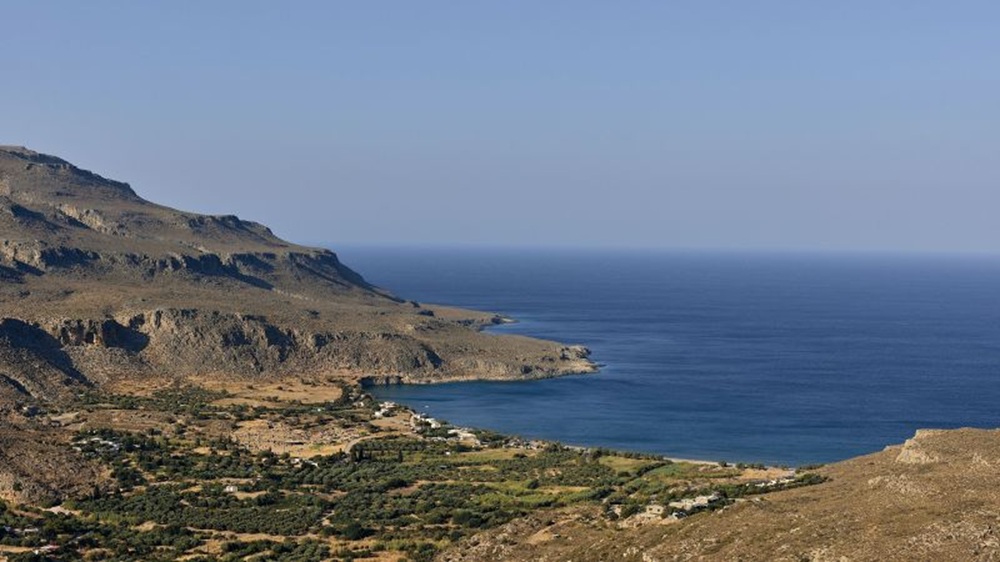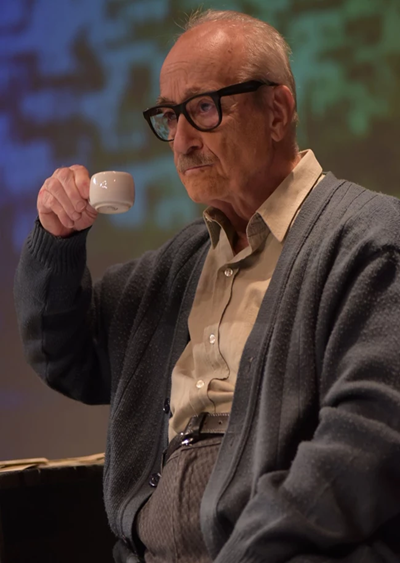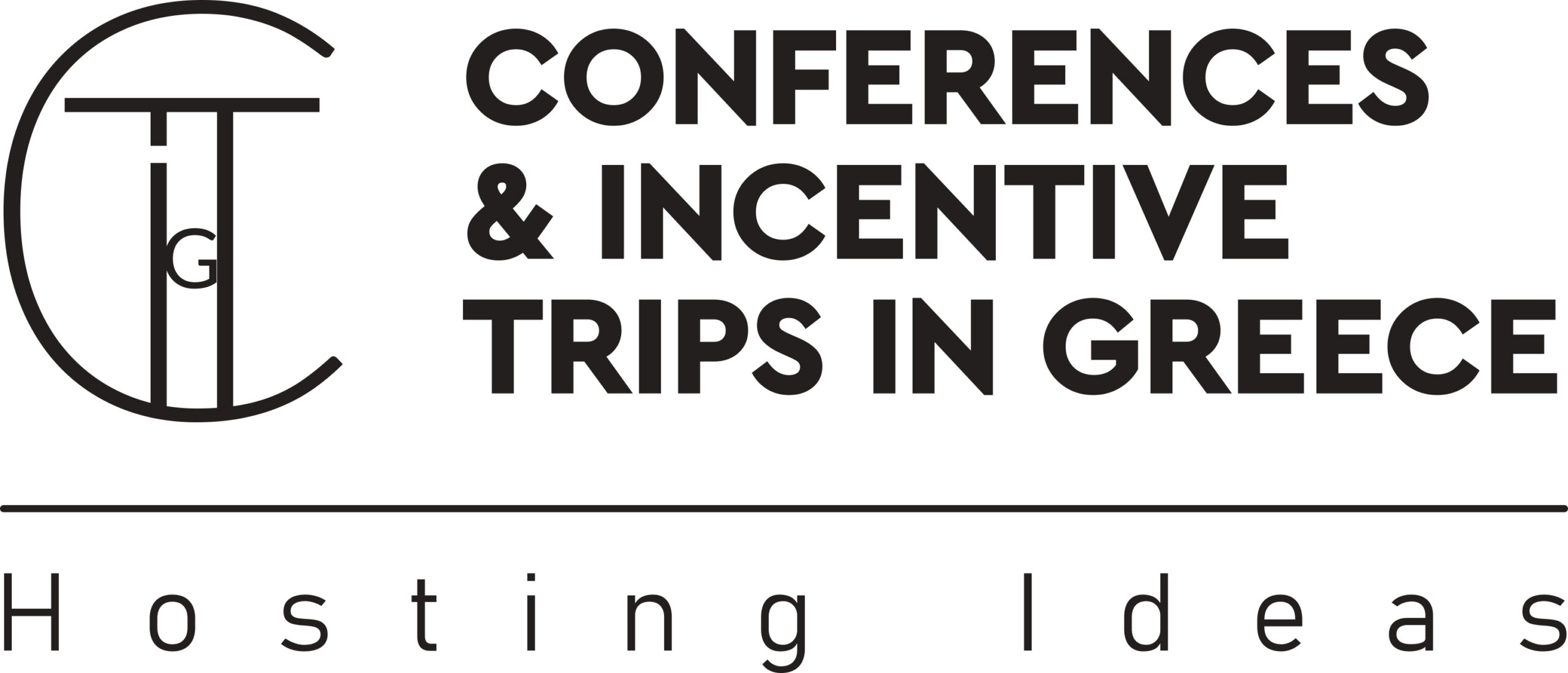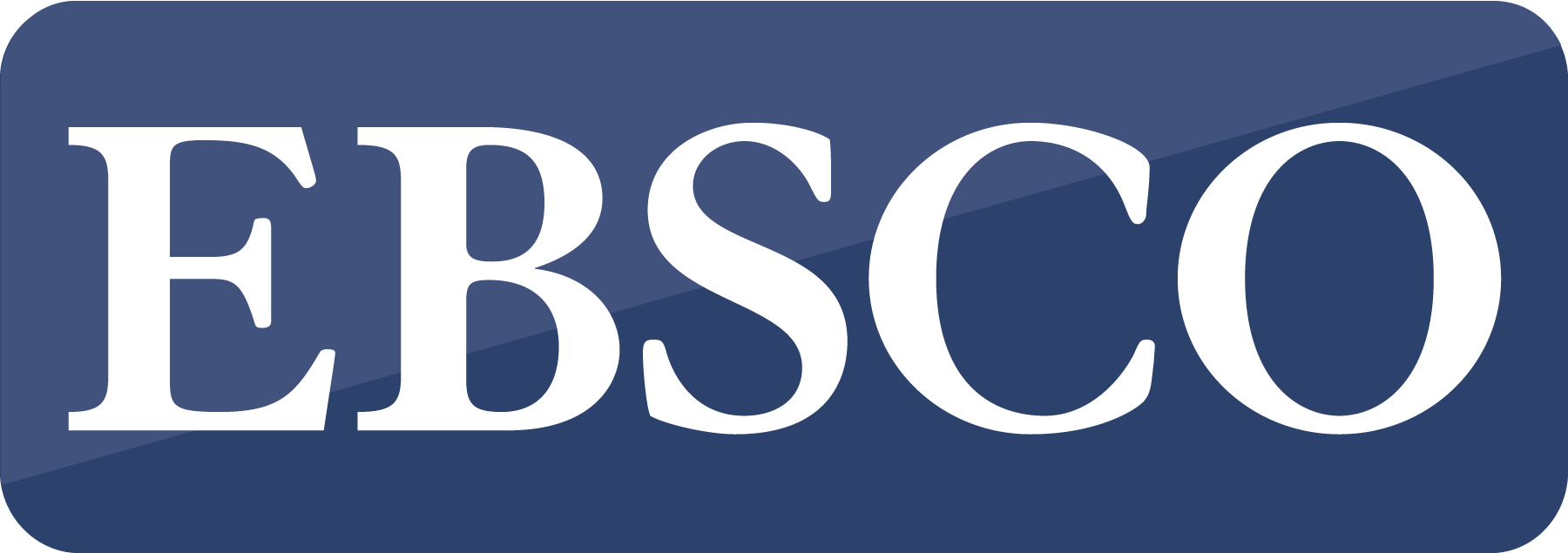
The International Museum Day 2025 at the Archaeological Museum of Heraklion is dedicated to the Minoan palace of Zakros. On Sunday 18 May at 19:00 its excavator, Professor Lefteris Platon, will mediate between the exhibits and the public, while at 20:00 the film “Zakros” by director Filippos Koutsaftis will be screened on the floor of the Museum. This will be followed by a discussion with the day’s dignitaries and visitors.
The east coast of Crete opens up the roads of the East and North Africa to the Egyptian and Libyan Seas. Large mountain ranges protect the Lassithian hinterland, leaving bays and sandy beaches to form from time to time. In the most prominent of these bays, approximately in the middle of the coast, the Minoan palace of Zakros and the city surrounding it flourished in the 16th century BC, on the ruins of earlier times. The design of the central building is clearly of Knossinian inspiration and layout and signifies the evidence of overseas commercial activities and the bureaucratic organisation of the administration.
The excavations of the 1960s by Nikos Platonas, then director of the Archaeological Museum of Heraklion, provided the Museum with the exhibits of Rooms IV and VIII, fine ceramic vases of the floral and marine style but mainly cult vessels found in the intact treasury and sacristy of the palatial sanctuary made of precious imported raw materials; famous works of the local workshop, apparently renowned in the Mediterranean.
The director Filippos Koutsaftis experienced the place and its people for many years. Between the sky and the sea he placed the life of the village of Upper Zakros, the periodic activity of the excavations, the persistent love of the archaeologists. He accompanied the educational program that has been repeated every six years for the school since the 1980s until today. He thus watched the children come of age and return. Similarly he mapped the groups of archaeologists and students. With his own reflections, the director establishes the perpetual dialogue between the archaeological work and the everyday life of the village, between place and time, the land, the sky and the sea, speaking to us from the heart or praying.







Leave A Comment